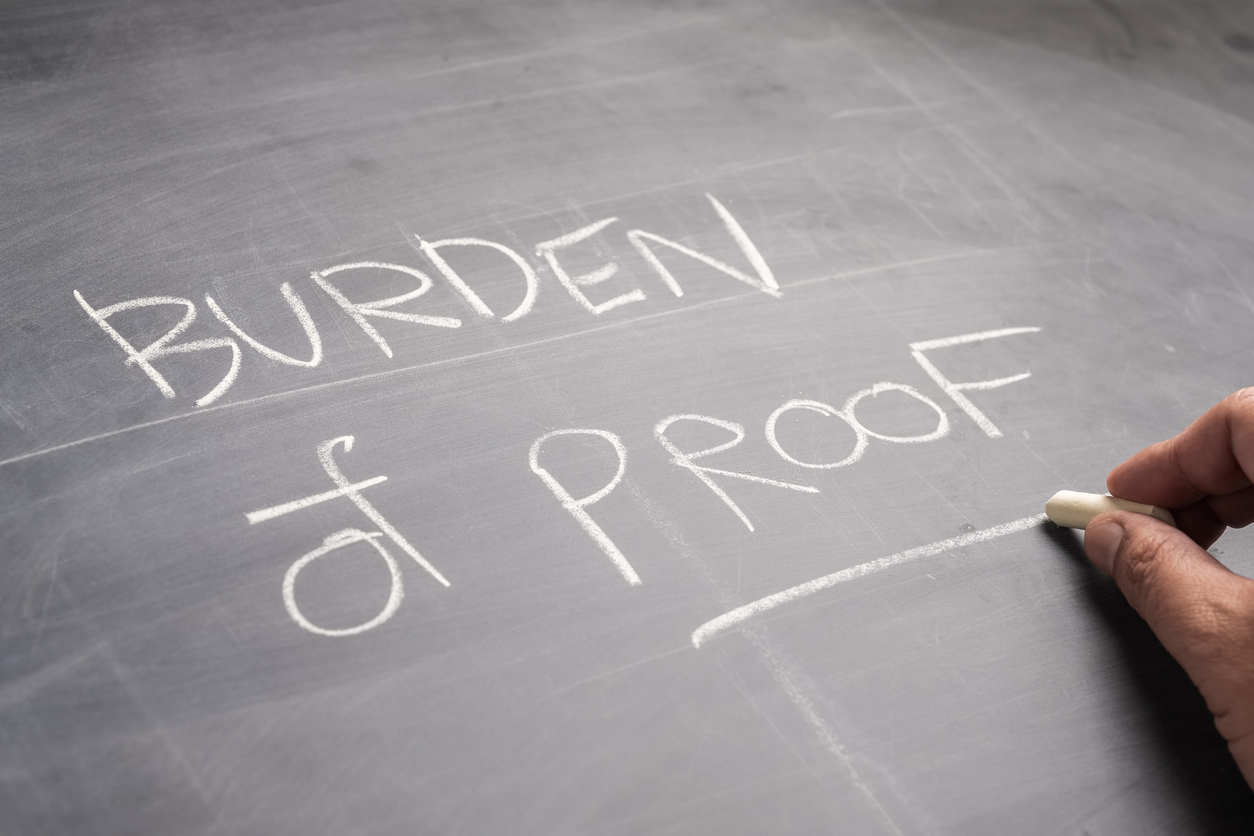New York’s treatment of bad faith claims and in particular first-party bad faith claims1 is, to put it mildly, draconian. The New York courts have largely curtailed bad faith as a legal remedy through case law. Although it is technically possible under New York law for a first-party bad faith claim to be awarded, it is very difficult and rare to receive such a judgment on this basis in New York. The traditional rule in New York is to severely restrict the recovery of punitive damages for breach of contract,2 which makes it very difficult to effectively litigate bad faith claims.
This is grossly unfair to consumers who are regularly subjected to deceptive, dishonest, and unfair practices by insurance companies who are able to engage in these types of business dealings with minimal consequences and relative impunity. I do not think it is an exaggeration to say that, in New York, the deck is stacked against the consumer and in fact favors large corporations when it comes to bad faith violations. I will explore the reasons for this in a future blog post; however, in this article I will focus on the law of bad faith as it applies to first-party claims in New York.
There are essentially two paradigms under which first-party bad faith claims arise. The first is disclaimer of coverage based on bad faith and the second is “low balling.”3 Two New York Court of Appeals cases deal with these issues and set the standard for bad faith in New York. They are Rocanova v. Equitable Life Assurance Society and Marsel Mirror & Glass Products v. American International Underwriters Insurance.4 A 2008 countervailing case, Bi-Economy Market, Inc. v. Harleysville Insurance Company of New York,5 offers a possible remedy to New York’s strict construction of bad faith and punitive damages, and will be addressed briefly below.
Rocanova is a case where the insurer disclaimed coverage on the basis of lack of coverage and misrepresentation.6 The plaintiff sought punitive damages on his allegations that the carrier’s fraud and breach of the implied duty of good faith and fair dealing consisted of a pattern of selling insurance policies with no intention of honoring them. Rocanova’s complaint had 167 pages filled with vignettes of similar unfair claims practices perpetrated by the carrier in various states throughout the country, in an attempt to establish a pattern aimed at the general public. The plaintiff sought $450 million in punitive damages.
The court dismissed Rocanova’s tort claims citing that no cognizable tort arising out of plaintiff’s contractual relationship with the carrier was indicated. It allowed the breach of implied covenant of good faith and fair dealing claim to stand only in so far as it violated a contractual duty, however the court concluded that it was insufficient to support punitive damages. The numerous vignettes produced by Rocanova where deemed insufficient to infer fraudulent intent without allegations of independent, egregious, tortuous conduct directly to Rocanova.
The holding required first-party plaintiffs to show the insurer displayed a pattern of wanton dishonesty approaching criminal indifference [emphasis mine]. In addition, to pass muster under Rocanova, the plaintiff would need to demonstrate the tortuous conduct was aimed directly at the plaintiff and that similar conduct was aimed at the general public — that is, not mere vignettes, but incidents pled with specificity.
The significance of the Rocanova holding is that it is extremely difficult to sustain a first-party “bad faith” claim in New York. The court states that, in theory, the “extraordinary remedy” of punitive damages could be available under the appropriate circumstances, but this is rarely seen. Based on this standard, insurers undoubtedly will and do move for dismissal of first-party complaints alleging punitive damages and bad faith based on disclaimer of coverage. This is a truly untenable state of affairs as plaintiffs are effectively denied their legal rights when it comes to bad faith claims involving first-party coverage disclaimer complaints. As we will see next week, the situation is no better when it comes to bad faith claims based on “low balling.”
A potential avenue for plaintiffs seeking to circumvent New York’s adverse treatment of bad faith and punitive damages in first-party claims is to seek “consequential damages” under Bi-Economy Market, Inc. v. Harleysville Insurance Company of New York.7 The Court of Appeals in Bi-Economy found consequential damages stemming from a breach could be awarded in a first-party claim provided that the breach stemming from the loss was foreseeable and probable. Happily, this case provides an alternative means for first-party plaintiff’s to collect extra-contractual damages stemming from an insurer’s breach of contract. We can only hope that this case and its progeny will lead to a more equitable and consumer friendly bad faith jurisprudence in New York.
In my next blog I will continue my discussion of bad faith in New York starting with an analysis of Marsel Mirror.
1 For those of you not familiar with this field of law, first-party claims involve disputes between an insured and insurer over payment of benefits.
2 See, Garitty v. Lyle Stuart, Inc., 40 N.Y. 2d 354 (1976).
3 “Low Balling” occurs when an adjuster offers only a fraction of the value of the claim because he knows the insured either needs money immediately or doesn’t know his rights.
4 83 N.Y. 2d 603 (1994) (Rocanova and Marsel Mirror where consolidated on appeal).
5 Bi-Economy Market, Inc. v. Harleysville Ins. Co. of New York, 10 N.Y. 3d 187, 886 N.E. 2d 127; 856 N.Y.S. 2d 505 (2008).
6 See Generally, Rocanova v. Equitable Life Assurance Society, 83 N.Y. 2d 603 (1994).
7 Supra, Bi-Economy, Footnote 7



